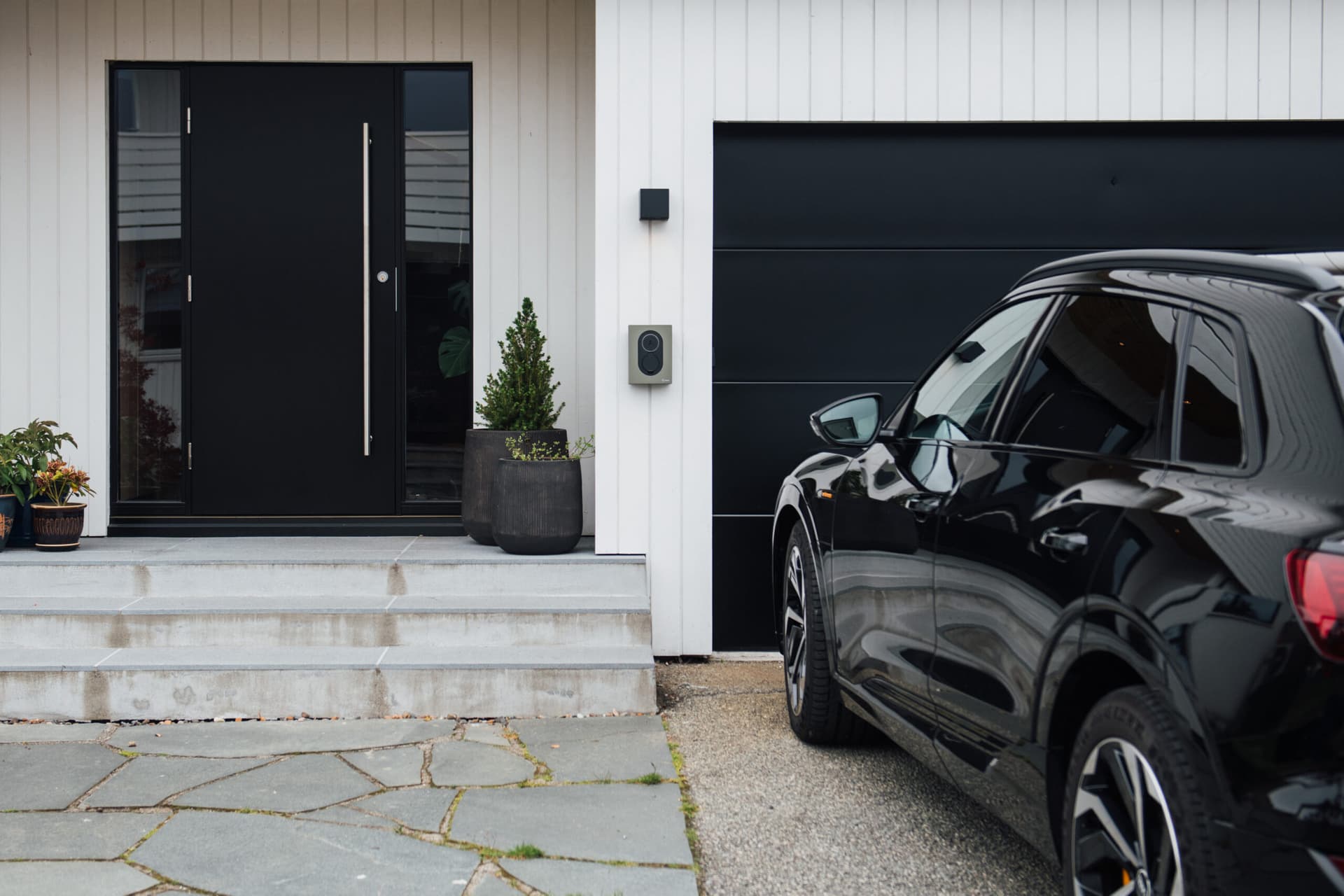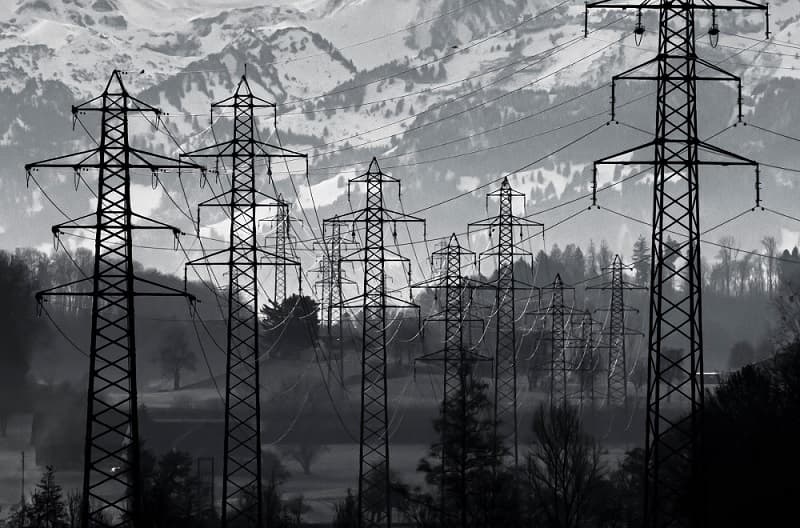The “perfect storm” in the European power market has highlighted the need for innovative solutions to enable the EU's ambitious EV policy by 2030.

The “perfect storm” in the European power market has highlighted the need for innovative solutions to enable the EU's ambitious EV policy by 2030.
Zaptec's contribution
Zaptec's goal with the smart part of our charging solutions and infrastructure has always been twofold. One: to make it cheaper for people to charge their electric cars safely. Two: To reduce peak load on the power grid and instead spread the consumption throughout the day. Both are necessary to make electric vehicles a natural and attractive alternative for ordinary people. A population that, to varying degrees, wants to replace their "faithful" diesel or gasoline car with an electric one.
As a society, our most important task should be to make owning an EV so attractive that the alternative seems irrational. Not based on punishment but because the experience of owning an electric vehicle should feel modern – as something fundamentally new and unique. As a company, Zaptec's vision is to remove "charging" from the potential disadvantages list when someone considers getting an EV. It's a concrete goal. And it is an important one.
The challenge of electrification
At the same time, the public discourse around the EV revolution has focused chiefly on how charging will affect the power grid. And particularly how it will impact consumption peaks during already challenging periods. Today's power grid is designed for peak load. Any consumption that leads to a significantly increased peak load will trigger the need for expensive upgrades to the power grid.
EU's €556 billion
The EU has presented a plan to spend €556 billion by 2030 to upgrade infrastructure to meet future energy needs (ec.europa.eu/commission). The EU estimates there will be approximately 30 million fully electric vehicles in Europe by 2030. At the end of 2021, that number was about 5.6 million.
Measures that significantly slow down or change the scale of the upgrade work have the potential to save society billions of euros.
A paradox is that systematic work has not yet been done on the possibilities offered by smart charging or on the idea that electric cars can function as a backup battery for the European power grid.

Photo by Jan Huber on Unsplash
Why smart charging?
Home charging of electric cars should only be done with a smart charger. The reasons are many. First, it allows you to connect the vehicle to the charger as soon as you get home from work. Still, the actual charging session starts when the electricity price is lowest, i.e., when the total power consumption in the area is at its lowest. That way, you save money.
Secondly, a smart charger can adjust the electricity supply to the car based on whether you have set an upper consumption limit. That way, you also save money – by staying within specific consumption tariffs.
What’s the issue with “dumb” charging?
Many still choose to charge their electric car without a smart charger, arguing that they will charge the cheapest at night anyway. The argument is relevant. But it fades when the volume of electric cars becomes large enough. Then we create a new consumption peak at night instead. Significant challenges arise only when the number of EVs becomes vast.
The electric car as a backup battery for the power grid
It is becoming increasingly important to be able to store energy efficiently. Because Zaptec's smart chargers are connected to the internet and thus to each other, it is possible to anticipate and override systems in critical situations.
Just imagine that your electric car starts working as a battery for your house in the event of a power outage. Or simply in cases where you need a lot of electricity but the price is exceptionally high. The idea of storing electrical energy in households is not new, but it becomes even more relevant as car battery technology improves. And if you have already invested in an electric car, you have battery technology that can also be used in your house. This requires so-called vehicle-to-grid technology, which is massively on the rise in the EV industry.
Incentives to utilise more renewable energy?
Another plausible scenario is that electricity providers and grid operators incentivise electric car drivers to charge their cars when there is a high supply of renewable energy in the European electricity market. This would make mobile batteries part of the total energy supply when the renewable energy supply is lower.
This assumes that the car, house, and power grid communicate. And in this equation, Zaptec's technology is essential.
In 2010, very few predicted that electricity would be the defining driver for the automotive industry in 2023. But nevertheless, here we are. We are only beginning to understand the positive synergies that can arise in the triangle between smart chargers, efficient battery technology, and the power grid.
This is a discussion we will participate in – today and in the future.